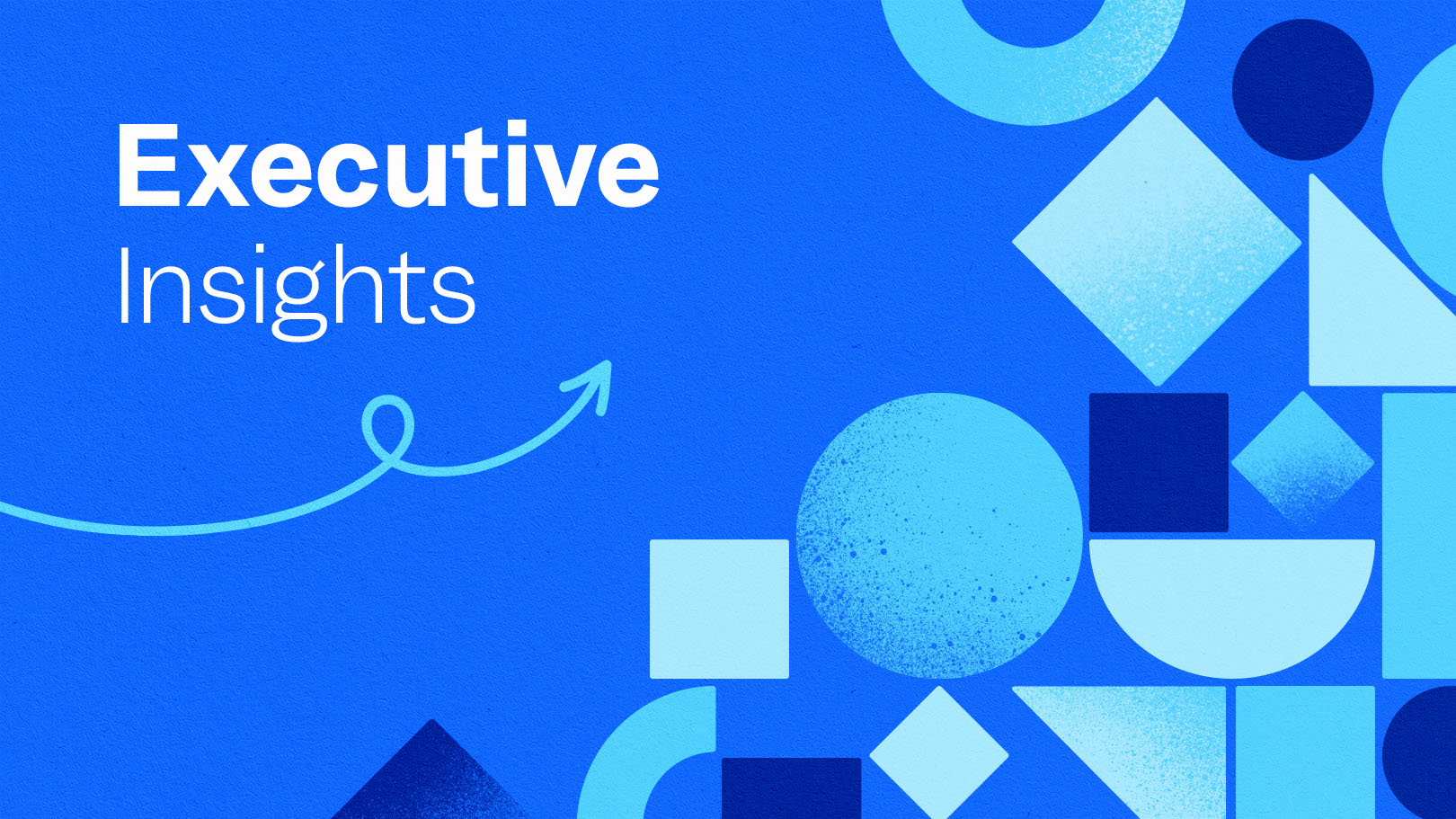Justin is Funraise's CEO, a co-founder, and a bad-ass, experienced nonprofit fundraiser. Like a true fundraiser-turned-founder, he breaks down the concepts behind Funraise's mission everywhere he can make nonprofits' voices heard.
Do you know what your greatest asset is as a nonprofit?
It’s something your organization will live or die by. It’s called... REPUTATION
If a donor doesn’t have confidence that you can do what you say you will do, they won’t give. This is why I believe donor retention is so horrendous and it is usually tied to one of the following:
- Organizations do what they say they'll do but don’t close the loop on telling the donor.
- Organizations don’t know how to measure what they do so their communication back to the donor is fragmented.
- Organizations don’t do what they say they'll do.
I think the majority of nonprofits don’t know that the first point is actually their biggest weakness. They say they send emails, mailers, post on social media, and send out an annual report, but they don’t listen.
If you want to build trust with your donors, start asking them why they give and what's important to them and then actually build your strategy around that.
Can't listen to the video? Scroll down to read the transcript.
Video Transcript
The more you can learn from your existing audience and then start to segment and speak to them differently, just continue to provide value. I think that's, that's a sweet spot. Yeah, no, absolutely. In terms of, you know, you have this large donor base. Do you, is there a cutoff where, you know, we're not going to ask this size of a donor to give monthly because this donor is gonna be more of like an annual donor or a major donor. So is it, have you guys gone all in with this? We want everyone to be getting monthly? Or is there a cut off in terms of like someone's gift capacity? And so you're just trying to ask them for a certain amount? I mean, I don't think you want to cannibalize major donations, but I also think that they're totally different products. And anybody who is giving $10,000 or $100,000 also could be a part of the monthly giving, even at like $30 a month contribute in giving one person clean water just to be part of the organization. I think, I don't think I don't think you can do one without doing the other. Totally. I would say, you know, if we had only one opportunity to talk to some new CEO on the phone, we wouldn't pitch him The Spring. Yeah, we would probably go big, but Ah, I don't see why you couldn't pitch both. Yeah, so when I was working at Liberty In North Korea, we had a monthly giving program called Liberty. And there was this individual that was giving $15 a month, for several years. And, we didn't pay any special attention to this individual. Just purely based off of the amount that was given, not that it's a bad thing, of course. It was just there were other kind of bigger donors that we were trying to build relationships with. Anyways, this individual actually got really excited about a new project that we were starting. And a few weeks later we got a $15,000 check in the mail. And then this donor went on over a couple year period to give over $100,000! And this individual was just giving $15 a month for several years. I think, I share that because I think the monthly programs are really, like, easy way to get, even high capacity donors, their foot in the door, learning about the impact, learning the way donors are treated, right? Because, I mean, a lot of times people give and they never hear from the organization again. They get their foot in the door and they say, okay. If I'm giving $15 a month, how does, how is this organization gonna treat that? How resourceful are they? And see it could lead to bigger opportunities which I'm sure maybe that's even happened, with you guys. But I was curious to know because we always had that conversation of... at what amount should we not ask?






Start For Free

























.webp)
.webp)











.webp)
.webp)

.webp)
.webp)
.webp)




